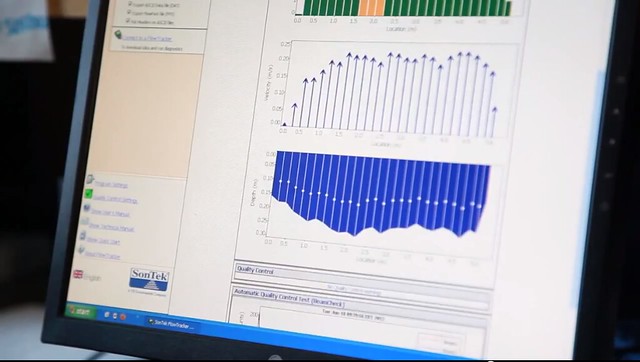IBM Wants to Use Big Data to Safeguard Drinking Water in Canada
 A new data integration platform for watershed management built by the Southern Ontario Water Consortium in collaboration with IBM is helping researchers, urban planners and others develop more sophisticated tools to predict floods, safeguard the drinking water supply and forecast the impact of growth and urbanization on vital ecosystems.
A new data integration platform for watershed management built by the Southern Ontario Water Consortium in collaboration with IBM is helping researchers, urban planners and others develop more sophisticated tools to predict floods, safeguard the drinking water supply and forecast the impact of growth and urbanization on vital ecosystems.
This platform assimilates 600 data points per hour, streaming from more than 120 sensors installed within 80 square kilometers of watershed that nourishes urban, agriculture and forested land along the Grand River, the largest inland river system in southern Ontario. The platform analyzes data collected every 15 minutes from meteorological, surface, subsurface and groundwater sensors, which monitor everything from rain- and snowfall, soil moisture, water turbidity, flow rates, temperature, to ground- and well-water quality.
“The opportunities enabled by highly-instrumented, data-centric smart watersheds will not only improve understanding of watershed management challenges, but will allow the development of new tools for monitoring and incorporating real-time data into decision-making,” explains Brenda Lucas, Executive Director of SOWC, a watershed scale platform for research, development, testing and demonstration of water technologies and services.
An important feature of the platform is the fact that information communicated by the sensors can be interpreted in real time, allowing rapid responses to environmental events, or “triggers.” This improves on traditional passive monitoring which can miss important watershed behavior triggered by intense, short-lived environmental events.
“This is an application of smart technologies to offer a rare, perhaps unprecedented understanding of the influence of urbanization and associated land use management in watersheds under various degrees of development,” added Dan Fortin, president of IBM Canada.
The platform is now available to a variety of stakeholders including academics, provincial and municipal administrators and individuals or companies looking to develop, test or demonstrate new systems or technologies, IBM says. The platform also provides public Web-access to anyone interested in simply viewing the data being captured.




